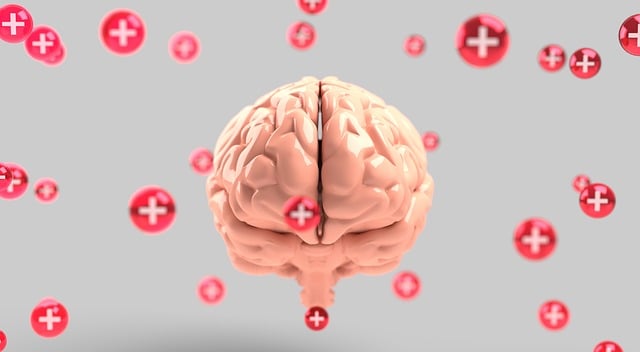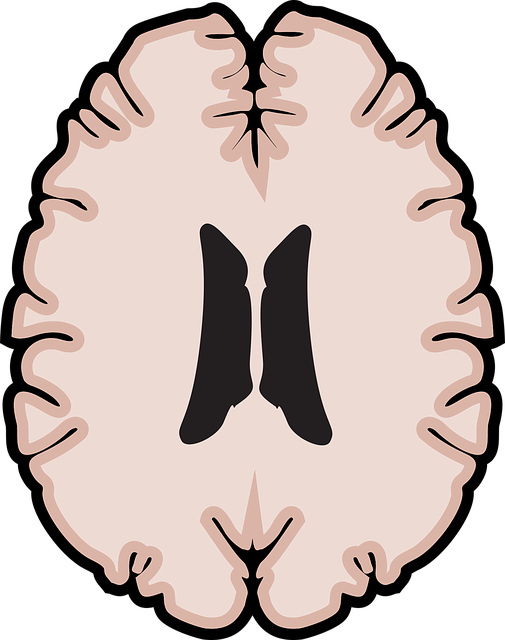Effective data collection in Littleton Self-Esteem Therapy is vital for tracking patient progress, identifying risk areas, and tailoring interventions. By meticulously gathering psychological metrics, therapist-patient interactions, and outcomes, therapists can quantify mental health status, especially regarding anxiety and emotional regulation. Analysis involves complex factor models and visualization tools to uncover trends and patterns, aiding in early burnout detection and strategy mitigation. Integrating robust statistics and qualitative insights enables the development of nuanced approaches like Burnout Prevention Strategies for Healthcare Providers. Implementing these findings enhances therapeutic bonds through compassion cultivation and personalized self-care plans, promoting holistic mental health care and improved patient outcomes in Littleton Self-Esteem Therapy.
Mental health data analysis is a powerful tool for understanding and improving therapeutic outcomes, especially in contexts like Littleton Self-Esteem Therapy. This article explores the process of collecting, analyzing, and interpreting data from self-reported surveys to gain valuable insights into client well-being. We’ll delve into effective techniques for data analysis, highlighting how these strategies can enhance therapy by tailoring treatments to individual needs, ultimately fostering positive mental health outcomes in Littleton Self-Esteem Therapy settings.
- Understanding Mental Health Data Collection for Littleton Self-Esteem Therapy
- Techniques for Effective Analysis of Self-Reported Data
- Interpreting Results: Uncovering Patterns and Insights
- Implementing Findings to Enhance Therapeutic Strategies
Understanding Mental Health Data Collection for Littleton Self-Esteem Therapy

Understanding the process of mental health data collection is integral to the effectiveness of therapies like Littleton Self-Esteem Therapy. This involves meticulously gathering and documenting various psychological metrics, patient interactions, and treatment outcomes over time. By leveraging structured assessments, clinical interviews, and self-reporting tools, therapists can quantify and qualify an individual’s mental health status, especially in areas such as anxiety relief and emotional regulation. These data points serve as a foundational framework for tailoring therapeutic interventions to meet the unique needs of each patient.
Moreover, effective data collection in Littleton Self-Esteem Therapy facilitates risk management planning for mental health professionals. By closely monitoring changes in a patient’s emotional state and behaviours, therapists can proactively identify potential risks or setbacks early on. This enables them to implement appropriate strategies for mitigation, ensuring continuous progress towards positive outcomes while maintaining a safe therapeutic environment.
Techniques for Effective Analysis of Self-Reported Data

The effective analysis of self-reported mental health data, such as that collected through surveys or questionnaires, is a multifaceted process. For instance, techniques like factor analysis can help unearth underlying structures and patterns within the data, offering insights into specific aspects of an individual’s psychological state. This method is particularly relevant in the context of Littleton Self-Esteem Therapy, where understanding the interrelationships between various mental health dimensions is key to tailoring interventions.
Additionally, visualization tools such as graphs and charts play a crucial role in interpreting trends and outliers. By visually representing data, professionals can identify anomalies and areas requiring further investigation, facilitating more precise diagnosis and treatment planning. This approach not only enhances Mental Health Awareness but also aids in Burnout Prevention by enabling early identification of individuals at risk. Moreover, the ability to track changes over time through these visualizations facilitates assessment of Emotional Regulation strategies’ effectiveness.
Interpreting Results: Uncovering Patterns and Insights

When analyzing mental health data, particularly focusing on metrics related to self-esteem like those that might emerge from Littleton Self-Esteem Therapy sessions, careful interpretation is key. By employing robust statistical methods, therapists and researchers can uncover hidden patterns and significant trends. These insights can then be used to tailor interventions and support strategies for better patient outcomes. For instance, a decline in self-esteem scores over time could indicate areas needing additional attention, while consistent improvements suggest the effectiveness of implemented therapies or programs.
Understanding these patterns requires not just quantitative analysis but also qualitative interpretations. This holistic approach considers individual narratives, common themes, and unique challenges faced by participants. By integrating data with patient feedback and clinical observations, therapists can develop nuanced insights that extend beyond raw numbers. For example, identifying a cluster of individuals experiencing heightened anxiety (Anxiety Relief) or conflicts in their personal lives (Conflict Resolution Techniques) could inform targeted interventions aimed at Burnout Prevention Strategies for Healthcare Providers, fostering a more supportive and resilient environment.
Implementing Findings to Enhance Therapeutic Strategies

Implementing findings from data analysis is a pivotal step in enhancing therapeutic strategies for mental health conditions like Littleton Self-Esteem Therapy. By understanding patterns and trends within the collected data, therapists can tailor their approaches to meet the unique needs of each client. For instance, if the analysis reveals a correlation between specific emotional healing processes and positive outcomes, these processes can be integrated more effectively into therapy sessions. This might involve incorporating compassion cultivation practices to foster a sense of safety and empathy, thereby strengthening the therapeutic bond.
Additionally, identifying areas where Self-Care Practices significantly impact patient well-being can lead to the development of personalized self-care plans. These plans can empower individuals to take an active role in managing their mental health between sessions. Such strategies not only complement professional therapy but also promote long-term resilience and overall well-being, fostering a more holistic approach to mental health care.
Mental health data analysis is a powerful tool for therapists, especially in understanding the nuances of client experiences. The article has explored various aspects, from data collection methods for Littleton Self-Esteem Therapy to interpreting results that can significantly enhance therapeutic strategies. By employing techniques like self-reported data analysis and identifying patterns, mental health professionals can tailor interventions, ultimately improving client outcomes. This conclusion highlights the importance of leveraging data to drive evidence-based practices in Littleton Self-Esteem Therapy.














